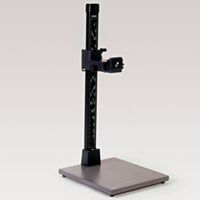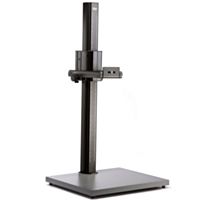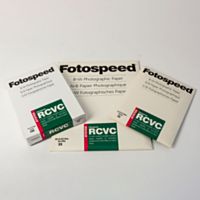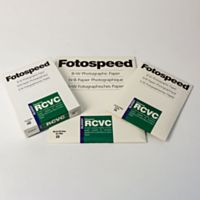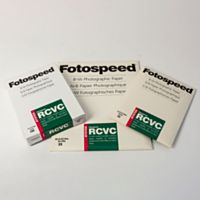Tony Worobiec: The Intimate Landscape - Autumnal Trees (Part 5)
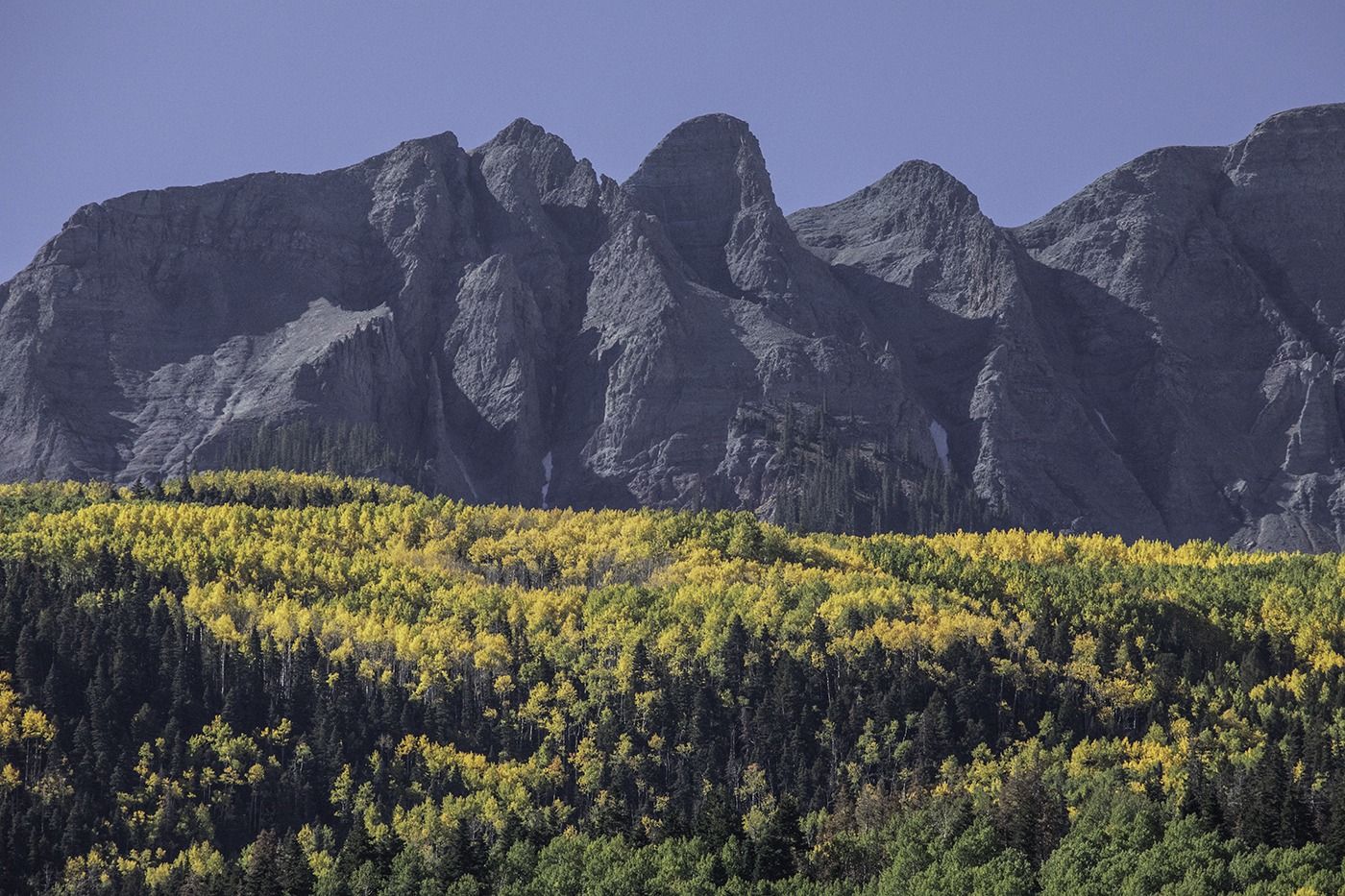
Tony Worobiec is a Fellow of the Royal Photographic Society and one of our Fotospeed photographers. He has won awards for photography both in the UK and internationally and has authored 16 books. In this blog post, Tony discusses the intimate landscape, and how focusing closer to your landscape can be more beneficial.
In previous parts of this blog series, I discussed how landscapes can be all around you. By focusing clearly on the smaller and more intimate aspects of your field of vision, it can make for some breathtaking photography. In this part of the series, I discuss an alternative to landscape photography. Instead of focusing on including everything, there is much more quality when you look deeper at your chosen landscape.
The Grand Vista

As I write this blog, it’s a year to the day that I was exploring the beautiful state of Colorado, USA in search of the awesome display of aspens it is famous for, especially in the period towards the end of September and early October. Needless to say, I wasn't alone in this quest; in fact I was constantly being harried by truckloads of photographers zipping around, trying to make the best use of the fast-fading autumnal colour.
This first shot was the sort of location many of them particularly favoured. When taking it I was standing in a very large lay-by, constructed specifically to accommodate the many hundreds of photographers and onlookers who also want to admire this stunning view. It is undeniably a fabulous viewpoint, but what have I achieved by taking it? Very little I would suggest.
Seek out the intimate landscape

The value of exploring "the intimate landscape" is that you are able to shoot impressive images that reflect your unique vision and ultimately are far more satisfying. It does take courage to turn your camera away from the grand vista, but when you compare the first image with this second one, not only is it decidedly more personal, but I would argue it is also aesthetically more pleasing.
The problem with the first image is that it suffers from something I refer to as "image-creep". Essentially, we are drawn to an impressive location and somehow we want to include everything, rather than concentrate on specific and related visual elements. In this second example, I was fascinated by the interplay between the areas of red and yellow, complimented by the neutral grey tree-trunks. This level of detail would be utterly lost in the original image.
The value of long-lenses

I have made this point in earlier blogs, but the intimate landscape is easily identified when using a long focal-length lens, as it allows you to focus on those truly exciting areas. Our eyes are amazingly discriminating, as we’re capable of seeing order within a complicated myriad.
Whilst I haven't discussed using a tripod in any of my earlier blogs, this clearly is a situation where it should be considered. This shot was taken using my 100-400mm zoom, a weighty beast at the best of times. Certainly if you wish to use a small aperture as I have chosen to do here. In this case, a tripod is a must; if you do use one, don't forget to switch off your lens stabiliser.
The advantage of using over-cast light

You don't need to travel to the slopes of the Rockies in order to exploit the natural beauty of autumn, as Europe offers equally interesting locations. I have for many years been visiting the Spanish region of Andalusia, especially during the month of November just as the poplars trees begin to turn. Once again I used my trusted 100-400mm zoom, but on this occasion, I took two separate images and then stitched them together in Photoshop.
By purposefully excluding both the sky and the ground, a much more "intimate" approach is achieved. In common with the previous two other images, overcast lighting has proven particularly beneficial as it has prevented any distracting shadows from interfering with the simplicity of the design.
Look for rhythms

The greatest virtue of the "intimate landscape" is that it's a genre that can be pursued just about anywhere. This shot was taken in Wareham Forest just a mile from where I live. A visual element that is often ignored by landscape photographers is rhythm. When identified, it can introduce an enhanced sense of visual cohesion to your picture. In terms of location, how different is this from my first image? What it shows is it's not so much where you are, but how important it is to remain visually aware.
These images are also fantastic to print. When printing images rich in detail, you need a paper that has the capacity to capture every facet; a smooth matt paper is ideal, and in my experience, none can match Fotospeed's Platinum Matt 280. It certainly has become my paper of choice.
To read more about ‘The Intimate Landscape’, click here.
For more tips and tricks, check out Fotospeed’s YouTube channel and sign up to the newsletter.


